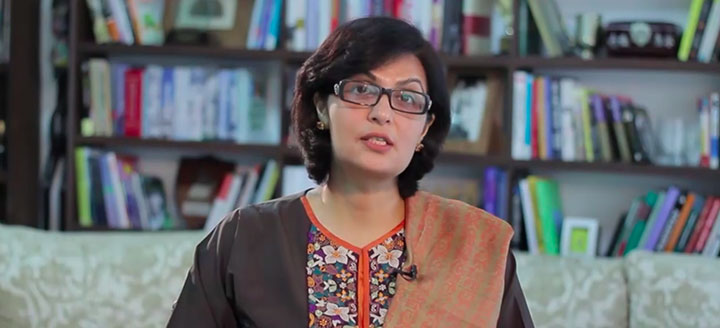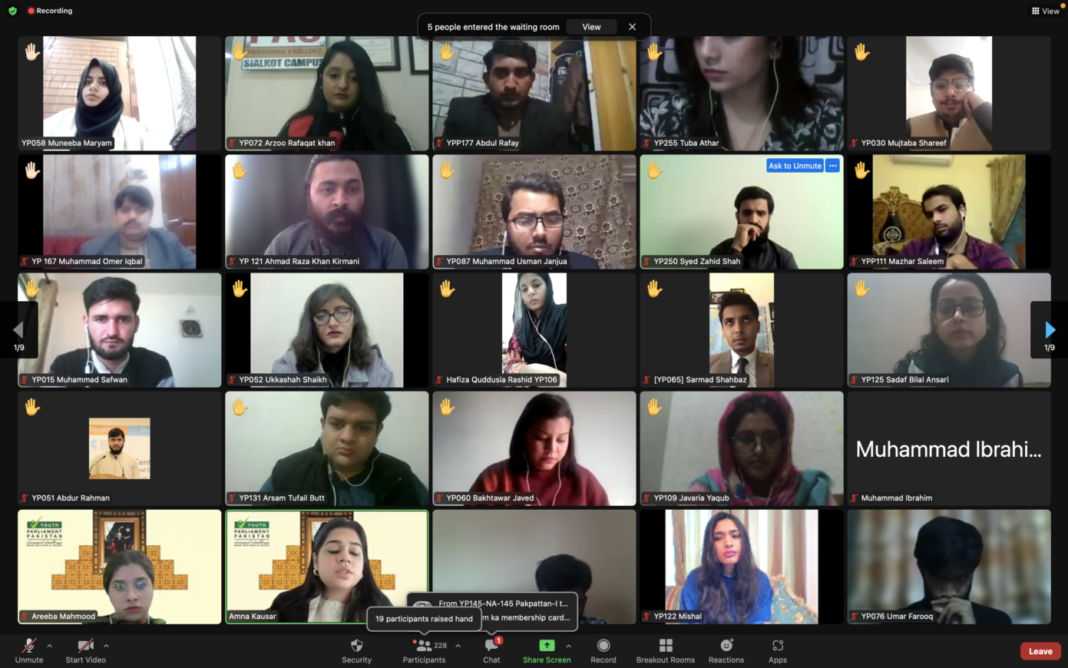By: Asim Nawaz Abbasi
A historic breakthrough has been achieved by the scientists! A woman of mixed race has become the third person ever to be cured of HIV after a new stem cell transplant method was used of a donor naturally resistant to the virus. The woman has been in remission for 14 months, free of HIV. This success will help streamline the treatment and make it accessible and available to more people who are suffering from this deadly virus in the near future.
This breakthrough is of particular importance to Pakistan because the country has been significantly affected by an HIV outbreak for the past few years. We cannot forget that Pakistan has been the second-fastest-growing AIDS epidemic nation in the Asia-Pacific region, with the virus disproportionately affecting mostly vulnerable and marginalized groups. There are currently around 200,000 registered adults and children living with HIV and the number seems to keep increasing every month. The highest percentage of transition is through syringes — either through drug usage or for medical purposes. Sex workers have also increased the rate of transmission due to the lack of awareness about protected sex. Unfortunately, only a small number of patients are able to receive proper treatment due to high cost. The crumbling healthcare infrastructure has made it impossible to achieve worthy results. As of yet, we have not seen much interest from the incumbent government to contain the spread of the HIV virus. This scientific breakthrough should change the government’s outlook on the entire ordeal.
The concerned officials should constitute a board of scientists and researchers who are constantly following new treatment trends and contacting the right people to test the method and acquire the relevant medical equipment. Since the outbreak is disproportionate, these methods must be made cheap and accessible to the most vulnerable segments. The government needs to sit down with civil society organizations and chart out a cohesive plan considering these new promising revelations.
The writer is the Editor of The Dayspring








